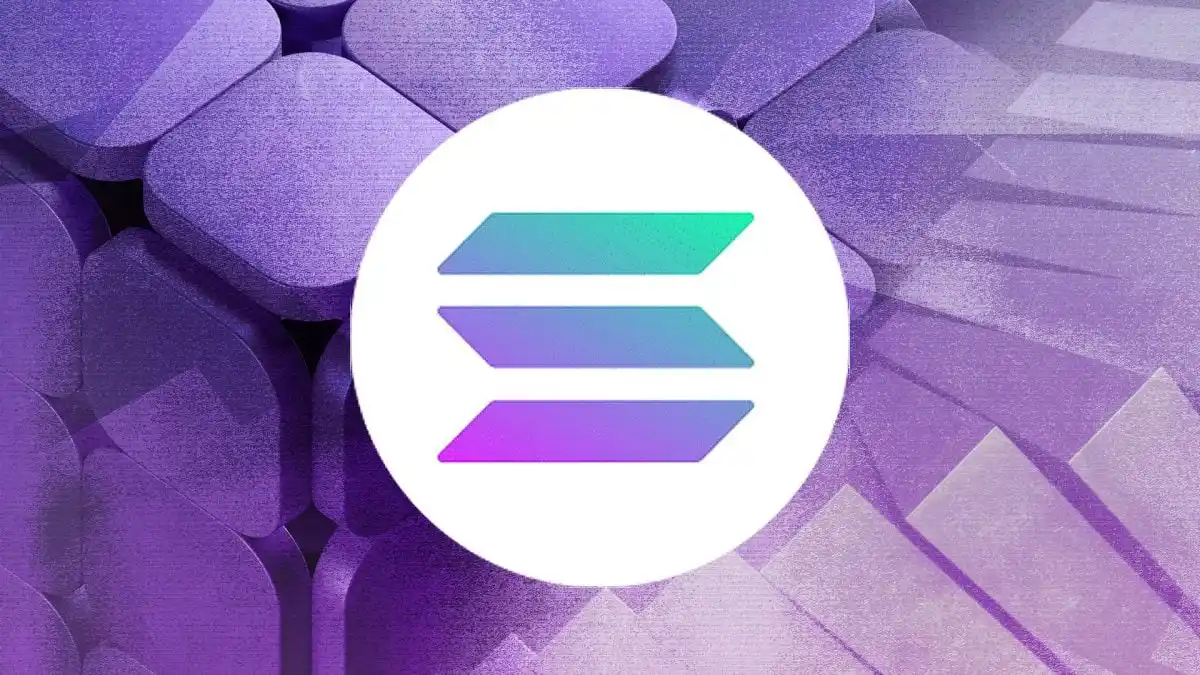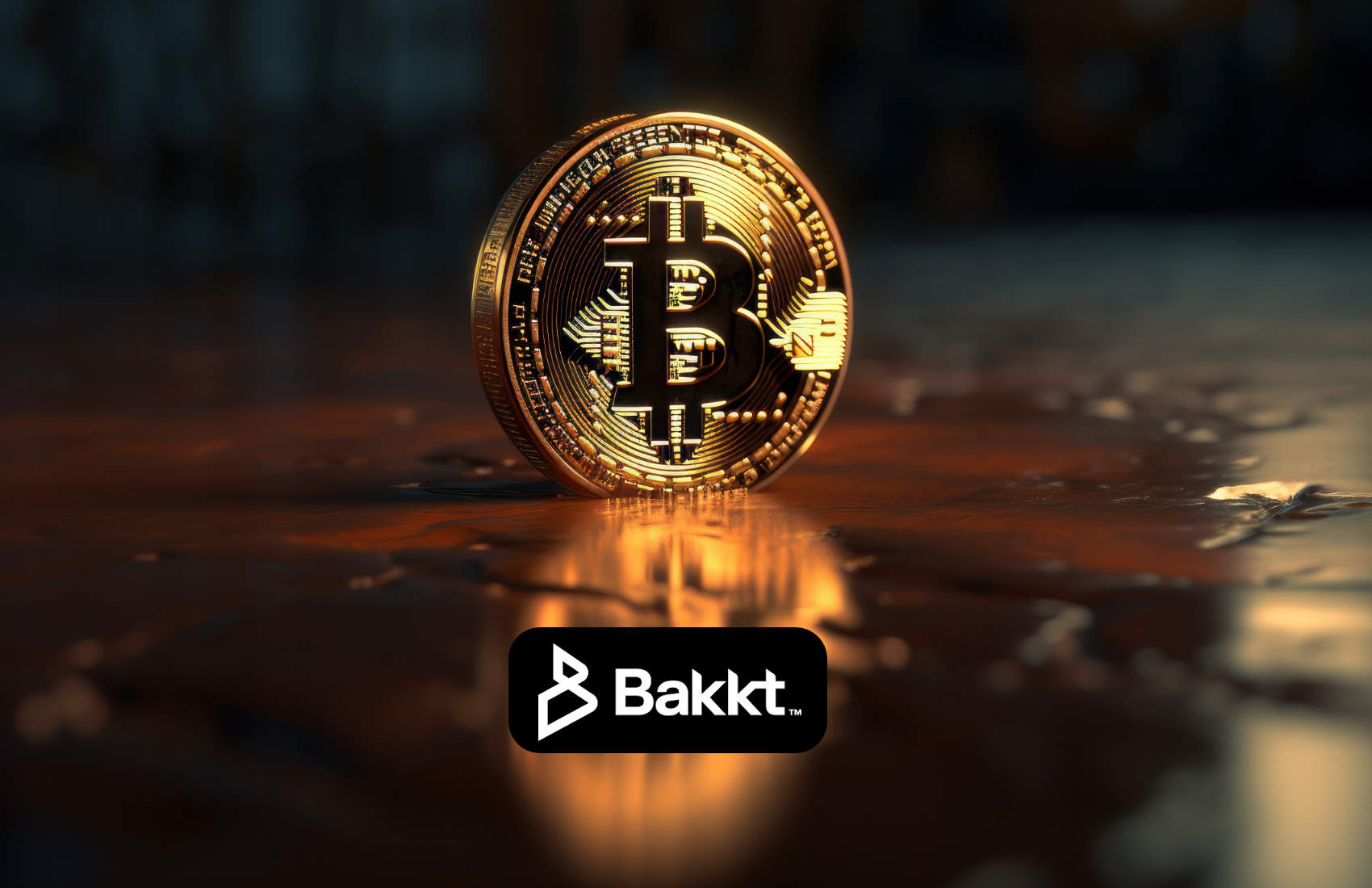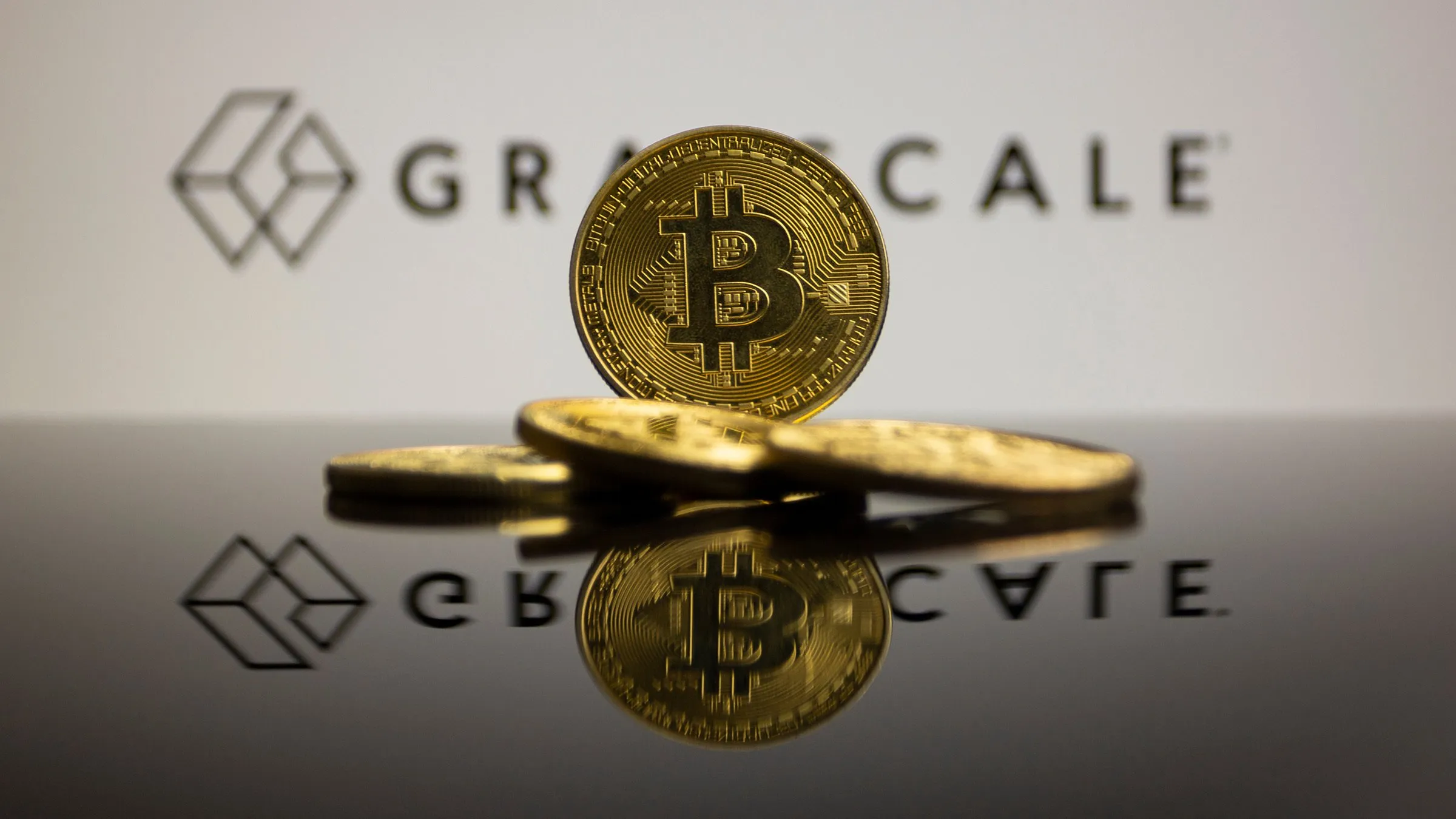CoinShares Q3 Mining Report
Mining at the Edge: Rising Costs and Strategic Pivots
The Bitcoin mining industry has faced significant challenges this year, with revenues and hash prices declining. Despite this, miners have continued to roll out new infrastructure and have committed to further expansion, anticipating future price increases. This has pushed mining difficulty levels to new highs, intensifying the issue of high production costs. As a result, the increased expenditure and difficulty to mine has led to substantial variations in our estimated average production cost per Bitcoin. We estimate the average cost to produce one bitcoin across all listed miners is now US$49,500 based on cash costs Q2 data, compared to US$47,200 in Q1, implying that for most miners at current prices it is a profitable endeavour. Although this only includes cash costs, if we include depreciation and stock based compensation, this average rises to US$96,100.
Authors: James Butterfill — Head of Research & Max Shannon — Research Analyst

Another challenge for the mining industry has been limited access to credit, or credit being available but only on unfavourable terms, following the FTX collapse and related crises, compounded by rising interest rates. This has pushed miners to seek alternative funding sources, often through share issuance. While this serves as a useful funding option for miners, it has been frustrating for investors due to significant shareholder dilution. Recently, the prices of listed miners have tracked Bitcoin’s price more closely; however, they have missed substantial gains earlier in the year as they did not benefit from the US spot Bitcoin ETF launches that drove Bitcoin’s price. Uncertainty over future revenues, especially following the halving event, have also weighed on miner share prices.

Regular readers of our mining report know that we dedicate a considerable amount of time to forecasting hashrates. We believe there is some predictability in hashrate growth, though, until now, we have not found a traditional mathematical model that accurately fits it. The closest approximations have been a power or exponential curve, though these tend to either underestimate or overestimate growth, respectively.
Modelling Hashrate & Hash prices
Our model aims to more accurately project Bitcoin’s future hashrate growth while accounting for realistic physical and energy constraints. It is divided into two main phases: an initial exponential growth phase, followed by a decay phase approaching a theoretical upper energy limit, defined by the current availability of stranded gas that could be converted into electricity. While we anticipate that miners will transition toward cheaper energy sources, we recognise that not all of the mining industry is likely to shift entirely to low-cost sources, such as stranded gas. Quantifying other types of renewable stranded energy at this stage is also challenging. The model uses an upper energy limit based on the total energy that could theoretically be harnessed from globally flared gas. Estimates indicate that around 150 billion cubic metres (bcm) of natural gas are flared each year.
We have found that a piecewise exponential model is the most effective for measuring historical hashrate growth. It also allows us to estimate a theoretical upper limit that hashrate would asymptotically approach, based on the previously mentioned energy constraints.

The model suggests by the end of this year that the total network hashrate will be close to 765EH/s, up from its current 684EH/s. Looking further out to potential energy saturation from stranded gas suggests that, by 2050, the mining network would reach this point. If this were to happen it would equate to a 63% reduction in carbon emissions from flared gas. We have written about this in detail here .
Hash prices, a measure of potential miner profitability, have also achieved new lows this year, with our forecasting tool we expect them to continue to decline but remain range bound between US$50–32/PH/day until the next halving event in 2028.

Mining Bitcoin versus Investing in Bitcoin Directly
Our model also allows us to assess the profitability of a mining operation. Currently, a 1 MW project using container storage would cost approximately USD 0.74m, including a low-cost, high-hash-rate miner such as the Canaan Avalon A1566. Assuming Bitcoin reaches US$130,000 by the end of 2026 and the cost of electricity remains at the current industry average of US$4.5 cents per kWh, we would see a full return on invested capital within the first 27 months of operation. The model also assumes that hashrate will continue to rise alongside price increases. A four-year outlook, however, suggests that, under current conditions, investing directly in Bitcoin may yield better returns than mining.

This may explain the rising trend of mining companies diversifying their income streams to include AI. For Bitcoin mining to compete with direct Bitcoin investment, we would need to see a significant increase in miner fee revenue. Although this is possible, it is challenging to predict given its historical volatility. Our estimates suggest that fee income would need to increase well beyond the recent average of 5% of total daily issuance. If hashrate continues to follow current trends, fee income would need to rise to 70% of total daily issuance over the next four years for Bitcoin mining returns to match those of a direct Bitcoin investment. This also raises questions about curtailment strategies, as mining fee income varies throughout the day, meaning that miners who curtail operations may miss out on fee income if they are not actively hashing at the time of payment.
Analysis of Miner Costs
The Bitcoin mining industry is at a crossroads, where efficiency and cost management are crucial for survival and profitability in an increasingly competitive market since the Halving. There is a significant variation in costs across the industry, reflecting different levels of access to cheap electricity, operational efficiency, and capital management. While some miners are positioned well with low costs and high-profit margins, others are operating on thin margins, potentially vulnerable to price fluctuations in Bitcoin.
This analysis serves as a strategic guide for stakeholders within the industry to benchmark their performance and identify areas for improvement, particularly in cost management and capital efficiency, while also helping investors understand which operators are working in the most efficient manner.
Cost of Production
Cost to Mine (USD) — Our methodology is consistent with our previous Quarterly Mining reports.
- Cost of revenues (electricity) represents the self-mining cost of revenues, mostly electricity cost.
- SG&A eliminates non-cash expenses, such as stock-based compensation, one-time payments.
- Taxes are calculated using valuation allowances to determine income tax expenses and benefits, wherever possible.
- Interest expense accounts solely for interest on debt, excluding lease expenses and other finance costs, where possible, although is offset by interest income, where applicable.
- Stock-based Compensation is derived from P&L/Cash Flows.
- Depreciation and amortisation (D&A) are allocated to wholly owned machines, wherever possible.

Cormint (a private miner) is the lowest-cost producer of Bitcoin from a cost of revenue, per Bitcoin, standpoint at $16.7k. Stripping the expenses to only include power reduces it to $14.9k per Bitcoin. Cormint delivered its first Exahash of hashing power using immersion solutions. Since then, its expansion to 2EH/s has focused on designing and developing an air-cooled solution tailored to the West Texas climate. Currently, the split is ~70%-30% for air vs immersion-cooled machines. This is a different approach to those in Texas, such as Riot, who said air-cooled machines were at fault in their Rockdale facility. Further, Cormint’s software optimisation and in-house power acquisition and transmission team and strategies have succeeded. This means that Cormint does not pay third-party vendors to manage their curtailment strategy for them, therefore not increasing their cost of revenues (or SG&A, depending on subsequent financial gymnastics on the P&L).
TeraWulf is the second-lowest-cost producer of Bitcoin from a cost of revenue per Bitcoin standpoint, including curtailment strategies, at $18.7k. This is because they stand behind the meter at their Nautilus facility, a nuclear power plant, with a contracted fixed-cost power price of 0.02$/kwh for five years, although this is due to expire in August 2027. Whereas, in the Lake Mariner facility, the market power averages $0.04/kwh year round due to the predominantly hydropower energy source from Niagra Hydro, approximately 35 miles away. Also, Lake Mariner is located in NYISO Zone A West, where Zone A’s peak load is well below peak generation levels; LMD participates in multiple demand response programs designed to curtail LMD when the load is high, leading to effective energy management strategies.
Hashcost
This is a metric to evaluate the competitiveness of mining companies. It is similar to the cost of Bitcoin production metric but from a different perspective. Just as the hash price measures Bitcoin’s daily mining revenue in dollars per PH/s of hash rate, the hash cost metric shows how much money, on average, a mining company pays every day to operate each PH/s of hash rate.
The formula is $/kwh for each line item (see section above) * efficiency (W/T) * 24 hours in a day

The hash cost measure is one of the better ways to understand the business’s overall cost structure and profitability when compared to the hash price. Especially after the Halving, where all-else equals, the cost per Bitcoin will double as the block reward halves. Instead, the hash cost is not affected, and it shows whether these companies are improving their expense structure to combat lower revenues or not. Although, there are still some challenges. It doesn’t consider diversified revenue streams and their profitability, such as revenue generated from AI operations (Core Scientific, Hut, Hive, Bit Digital, Iren), engineering (Riot), or machine manufacturing (Bitdeer, in the future).
From an energy standpoint, the largest reductive component in hash cost was curtailment hedges, making almost 3x as much as the previous quarters curtailment credits, lowering their net power expense. In May 2020, Whinstone US, Inc. (“Whinstone”), a subsidiary of Riot, entered into a long-term power purchase agreement (PPA) to supply power at fixed rates to its Rockdale Facility. This agreement included acquiring 345 MW of power in three blocks, contracted in 2020, 2022, and 2027, and provisions for additional market-priced power as needed. Simultaneously, Whinstone established an interconnection agreement for delivery system infrastructure, which completed construction in June 2024, eliminating further power costs under this agreement. Whinstone participates in ERCOT’s Demand Response Services Programs, compensating entities that reduce or modify electricity usage to enhance grid reliability. By offering portions of its electrical load into these programs, the company earns compensation even if not called to power down. Additionally, participation in ERCOT’s Four Coincident Peak (4CP) program, which encourages reducing power usage during peak periods, has substantially reduced Riot’s transmission charges for 2024. The PPA also allows the company flexibility to sell unused fixed-price power to earn credits against future costs, particularly when market conditions favour it. During Q2 2024, Riot earned $13.9 million in power curtailment credits, respectively, and $19.0 million over the six months of 2024. The overall power strategy involves a combination of these demand response programs, the 4CP program, and power sales to manage costs effectively.
Capital Efficiency
Commodity extractors of all kinds need to be disciplined with their spending and allocate resources effectively to withstand downturn in asset prices. The impact of volatility enhances this dynamic as uncertainty around the future increases, and therefore, indirectly affects the liquidity and accessibility of debt and equity capital markets, from which they raise cash. If these miners have a high burn rate but the capital markets are closed due to perceived risk of these companies, they will struggle with balance sheet management or growth, increasing the likelihood of unfavourable outcomes.

This chart demonstrates how effectively each dollar of cash raised via equity markets is used in accretive ways to the shareholder’s equity value of the business. At a minimum, a productive business should retain $1 of earnings for $1 of cash raised. However, most miners across most quarters are money-losing machines via high cash and non-cash expenses that bloat the P&L and slim the cash flow statement.
In Q1, six miners reduced their accumulated losses, primarily due to significant gains in digital assets recorded on their P&L. This resulted from management exercising the new FASB rules, which allow digital assets to be marked to market rather than recording them at the lowest (impaired) value. However, in Q2, as asset prices declined, this advantage disappeared, and the fair value drop in digital assets became a burden on the P&L. While the P&L may not always be a critical metric for miner investors, given its manipulability, revenue generated and expenses incurred will eventually affect the value of shareholders equity — if any remains. Otherwise, accumulated losses will grow, even as companies dilute shareholders by tapping into At-The-Market (ATM) offerings in the equity capital markets to raise cash.
Most miners remain largely unprofitable across most quarters due to the nature of Bitcoin mining. A helpful analogy is that of oil drilling: if all miners extracted from the same oil well, the future winners would be those who spend the most on capex to expand their fleet as quickly and efficiently as possible. But as more oil is extracted, it becomes harder to reach, requiring ever-increasing capex to mine the same amount and stay competitive. On top of this, the reward for mining oil is halved every four years, regardless of external conditions. As a result, miners are forced to increase production and cut costs while the economics of mining worsen. With declining revenues, raising additional cash and reducing energy costs is the only other way to support the balance sheet and fund capex.
Hut-8 was the only miner to reduce accumulated losses during the quarter, signalling either better management of revenues and costs or strategic decisions that improved its financial health. This improvement came mainly from posting around $3.2 million in net income, driven by a $7.5 million in unrealised gain in investments — financial assets held in private and public companies on their balance sheet.
Some companies were deliberately excluded from visualisation for clarity. Core Scientific and Iren, for example, posted ratios of -1068% and -3836%, respectively, reflecting minimal equity raised but increases in accumulated losses. Meanwhile, Bitdeer managed to keep its accumulated losses flat quarter over quarter.

Bitcoin mining’s long-term economics will likely face increasing pressure due to ongoing halvings and rising competition from self-miners, corporations, and even nation-states. Publicly traded mining companies will need to cut costs and maintain profitability for several reasons: 1) to create value for shareholders, 2) reduce dependency on equity capital markets and create high hurdles for shareholder dilution, and 3) sustain capital expenditure (capex) efforts for future growth.
However, there are some limitations to this analysis. Many miners carry negative net debt, which lowers their enterprise value because they tend to have strong cash reserves and minimal debt on their balance sheets. This becomes especially relevant when considering free cash flow (FCF) as the numerator in the FCF yield ratio, which is often negative. Miners with negative cash flow from operations (CFO), particularly those growing quickly with high cash and non-cash expenses, tend to exacerbate negative FCF through significant capital expenditures for growth.
Despite these challenges, FCF yield remains a useful tool for evaluating miners from a sustainability standpoint, rather than a pure growth-at-all-costs perspective. Miners pivoting towards AI, such as Core Scientific (CORZ), have demonstrated a positive FCF yield in Q2, effectively reversing the trends outlined earlier. These “Mullet Miners” (AI driving the business, with mining in the background) reduce revenue volatility and improve profitability, enabling increased capex without diluting shareholders. Mullet miners might also have access to a wider range of capital due to a more predictable and stable source of revenue coming from AI, enabling them to have greater operational flexibility compared to pure-play miners. This is evident from Core Scientific’s 516MW deal with Coreweave for 12years, generating ~725m/year in revenue (totalling ~8.7bn over the course of the deal), with estimated 75% EBITDA margins.
Meanwhile, companies like Argo and Stronghold have been forced to slim down to meet debt obligations, resulting in positive FCFs but limiting their ability to fund growth. In Argo’s case, shareholder equity turned negative in Q2, meaning they now have more liabilities than assets. Despite this, their net debt was higher than their equity, pushing enterprise value up and improving FCF yield.

Since December 2023, there have been a plethora of infrastructure deals. Some construction build-outs and other turn-key acquisitions. The latter is more profitable. Riot’s weighted average cost per MW is $881k/MW (Corsicana build-out for immersion machines), compared to Marathon’s $450k/MW (two cash acquisitions for mostly air-cooled machines) and Cleanspark’s $330k/MW (two cash acquisitions for air-cooled machines) and Bitfarm’s acquisition of Stronghold for US$175m EV. The most cost-effective growth comes from acquiring already-built sites from struggling counterparties rather than building themselves.
On the AI hosting side, it appears that each MW costs ~$1.5m from Core Scientific and TeraWulf disclosures. Core Scientific has partnered with Coreweave, which will build the infrastructure but credit against their hosting revenue. In the case of TeraWulf, it reflects their 30% equity contribution for construction of CB-1, a liquid-cooled, redundant, and high-power density 20 MW HPC/AI infrastructure expected to be substantially complete by year-end. The building is electrically fully redundant with high-speed fiber which has direct liquid cooling capabilities to support 90+ kW/rack and capable of up to 145/kW/rack with PDU modifications.
Summary
As mining costs rise and rewards halve every four years, companies are forced to cut costs and increase production. Some, like Riot, have used power curtailment strategies to offset costs. Acquiring pre-built infrastructure, as seen with Cleanspark and Bitfarms, is more cost-effective for expansion than new build-outs. Companies focusing on AI infrastructure, such as Core Scientific, have also moved toward high-power density setups for future growth.
The cost to mine Bitcoin varies significantly between companies, with TeraWulf emerging as the lowest-cost producer at $14.4k per Bitcoin, thanks to its fixed-rate power contract. Cormint follows closely, with innovative power management strategies lowering its costs to $14.9k per Bitcoin. Meanwhile, RIOT has the highest cost at $65.9k per Bitcoin, but its curtailment strategies bring it down to $49.5k.
Hashcost provides insight into daily operational costs per PH/s of hash rate, with Cormint showing an increase in cash and non-cash hash costs, although the company has reduced its all-in hash costs by 31% since Q3 2023. Riot earned $13.9 million in power curtailment credits in Q2 2024, which helped lower its net power expenses. Despite these efforts, Cormint remains the lowest-cost producer in terms of hash cost, reflecting their focus on cost-efficient power management and infrastructure.
To access all our research click here .
To see the full detail report, click here .

BlogBitcoinBitcoin Mining
Disclaimer: The content of this article solely reflects the author's opinion and does not represent the platform in any capacity. This article is not intended to serve as a reference for making investment decisions.
You may also like
Will there be a Solana ETF by the end of 2025?

US CFPB finalizes its rule for large nonbank firms offering digital payments, but excludes crypto

Trump Media in talks to acquire ICE crypto firm Bakkt – report

ETHは1,800.00ドルを下回り、現在は1,799.79ドルで取引されています。


